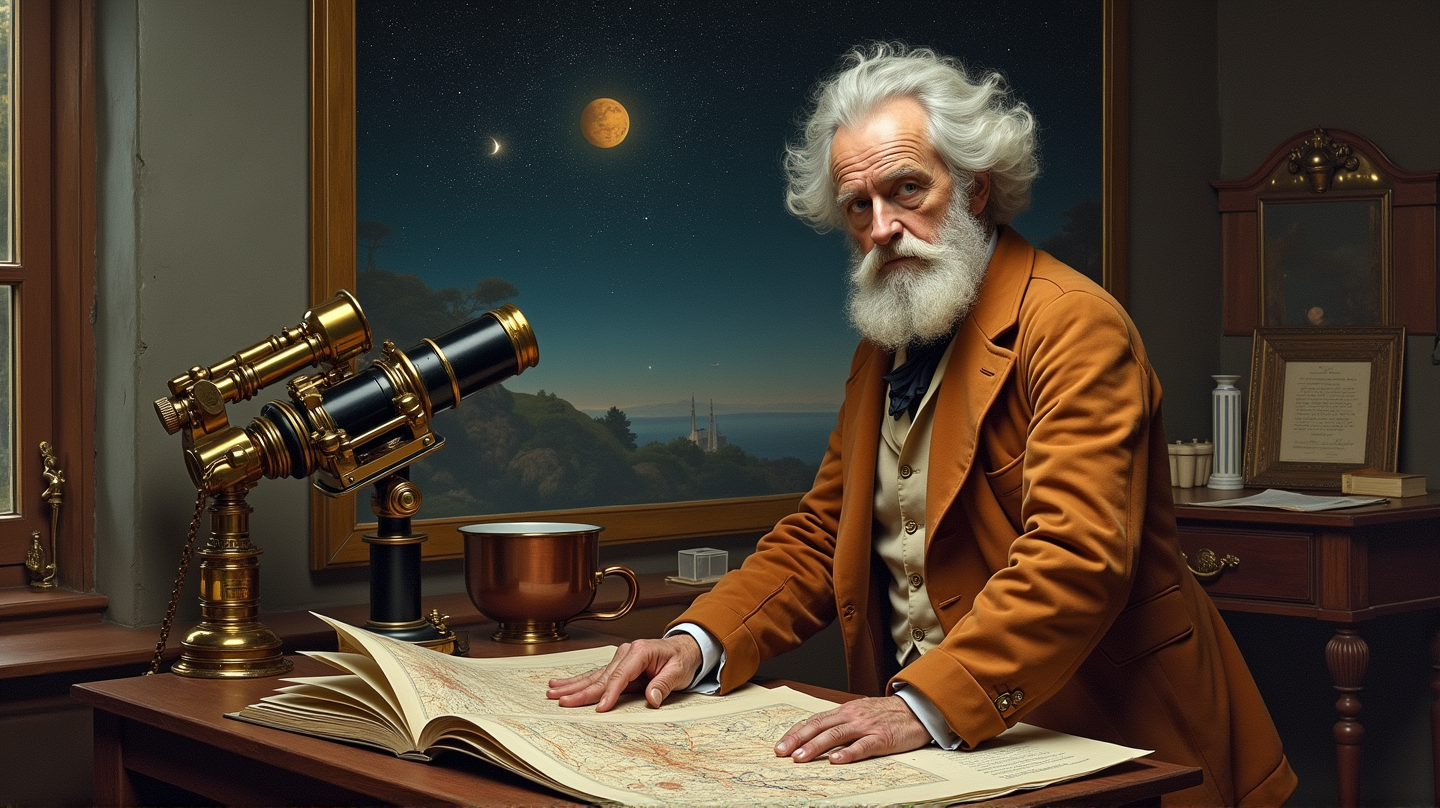Imagination Meets Astronomy: Camille Flammarion's Vision of Mars
Discover how 19th-century astronomer Camille Flammarion used science fiction to paint vivid pictures of Mars and inspire future space exploration.

In the bustling heart of 19th-century Paris, a visionary astronomer dared to use the power of imagination to explore the unknown world of Mars. Camille Flammarion, intrigued by the red planet, created a tapestry of ideas that would captivate generations. According to Space, Flammarion’s combination of science and creativity paved the way for modern explorations of Mars.
The Birth of a Dream
During a time when Mars was shrouded in mystery, Flammarion was captivated by the idea that this distant world held secrets yet to be discovered. Employing more powerful telescopes of his era, he meticulously mapped what appeared to be continents and seas on Mars. However, reality was often obscured by the romantic brushstrokes of imagination, and thus began Flammarion’s journey into the realm of science fiction.
Flammarion’s Mars Chronicles
In his 1892 magnum opus “The Planet Mars,” Flammarion correlated centuries of Mars observations. Despite the limitations of the telescopic images, he postulated that Mars hosted an ancient civilization, perhaps far more advanced and peaceful than our own. He surmised that Martians, molded by the unique conditions of their planet, could offer insights into a harmonious existence humans aspired to achieve.
A Universe of Stories
Beyond scientific speculation, Flammarion penned novels that allowed him to travel to Mars in a spiritual and fictional sense. Characters in these stories embarked on cosmic journeys, discovering a Martian civilization steeped in wisdom and science. This imaginative portrayal mirrored Flammarion’s aspirations for Earth, highlighting his belief in the transformative power of the humanities and sciences.
Stories that Transcend Time
Flammarion’s works continue to be a testament to how imagination fuels scientific dreams. In envisioning a brighter and more peaceful future on Mars, he hoped to inspire humanity to look skyward and reflect on its place in the cosmos. Though his Martian landscapes might not align with our current understanding, his influence endures, prompting us to balance the scales between what is known and what mysteries remain in the vast universe.
Marrying imagination with inquiry, Flammarion showed us that sometimes, looking to the stars is just as much about understanding ourselves as it is about exploring the cosmos.
This celestial saga serves as a thrilling chapter in the story of Mars exploration, one where dreams and reality gracefully intertwine.

